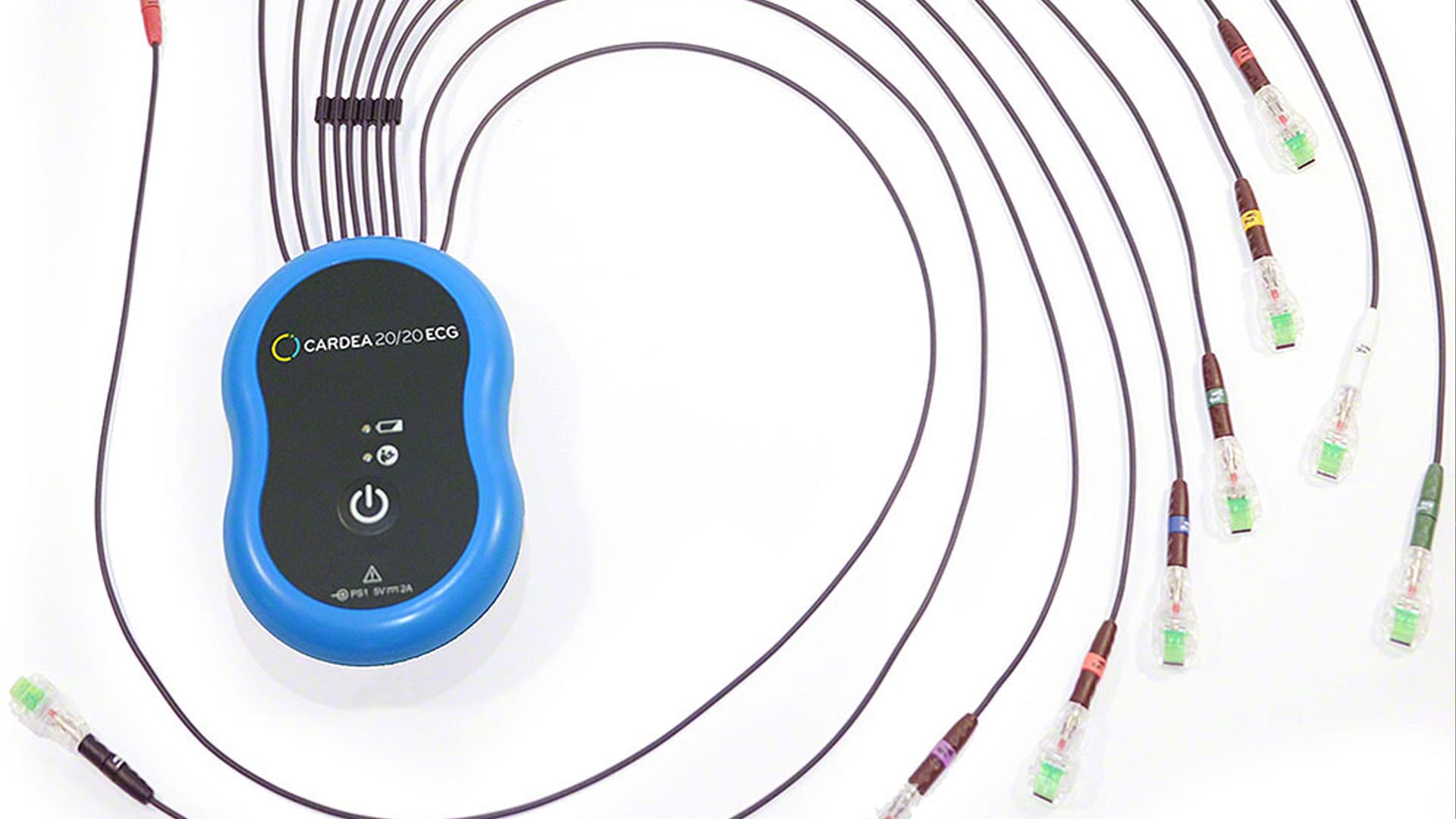Historically, atrial fibrillation (AFib) was most commonly diagnosed in older adults, with 70% of cases found in patients between ages 65 and 85.1 However, many of the associated lifestyle risk factors — such as obesity and hypertension — are increasing in prevalence. As a result, this once age-related disease now targets all populations. The largest nationwide population-based cohort study to date evaluated Korean AFib patients across all age groups, and found that AFib increased the risk of all-cause death nearly four times, with the highest standardized mortality ratio found in younger (< 20 years old) patients.2
These alarming statistics demonstrate the urgent need for a new approach to AFib treatment, as simply managing the disease is no longer enough to improve outcomes and reduce mortality rates.
Shifting Gears to Disease Prevention
The most effective way to mitigate AFib symptoms and comorbidities is preventing the disease altogether. This is especially critical considering AFib is closely linked to other life-threatening conditions, including cerebrovascular disease and heart failure.3
The emerging practice of preventive cardiology seeks to lower the risk of developing AFib and other cardiac arrhythmias by helping patients understand the impact of their lifestyle choices. Fortunately, many high-risk lifestyle factors can be reversed. These include obesity, alcohol consumption, tobacco use, hypertension, diabetes mellitus, and sleep apnea.3
The second component of effective AFib prevention is actively monitoring heart rhythms. In fact, rhythm control is one of the four pillars of AFib management named by the American Heart Association — also including stroke prevention, rate control, and lifestyle modification.4 With new advances in prescription wearable technology, cardiology providers can leverage a wealth of rhythm data to develop targeted strategies to prevent arrhythmias before they develop.
The Growing Role of Wearable ECG Technology
Electrocardiogram (ECG) prescription wearable technology empowers preventive cardiology providers with reliable diagnostic data from long-term continuous monitoring. Numerous studies have shown that a longer monitoring period produces a higher arrhythmia diagnostic yield. One study reported incremental increases in diagnostic yield beyond 48 hours for all arrhythmia types, with a monitoring period of up to 14 days.5
With the nearly 97% diagnostic yield from just one week of monitoring, providers can see the full picture of a patient’s rhythm profile and heart health.5 These data enable highly-informed treatment decisions that, in cooperation with individualized lifestyle education, pave the way for successful AFib prevention.
The Cardea SOLO ECG System from Cardiac Insight offers a more convenient and streamlined way to diagnose cardiac arrhythmias. An essential tool for preventive protocols, Cardea SOLO can diagnose multiple types of arrhythmias in just seven days. After the week-long monitoring period, providers can access device reports in just five minutes for diagnostic results with a 98.7% positive predictive value (PPV) for AFib and atrial flutter.6 In a matter of days, cardiology providers can assess AFib risk and create treatment plans that employ the right prevention strategies for the best results.
Sources:
1. Karamichalakis, N., Letsas, K.P., Vlachos, K., Georgopoulos, S., Bakalakos, A., Efremidis, M., Sideris, A. (2015). Managing atrial fibrillation in the very elderly patients: challenges and solutions. Vascular Health and Risk Management 11, 555-562.
2. Lee, E., Choi, E.K., Han, K.D., Lee, H.J., Choe, W.S., Lee, S.R., Cha, M.J., Lim, W.H., Kim, Y.J., Oh. S. (2018). Mortality and causes of death in patients with atrial fibrillation: A nationwide population-based study. PLoS ONE 13(2), e0209687.
3. Chung, M.K., Eckhardt, L.L., Chen, L.Y., Ahmed, H.M., Gopinathannair, R., Joglar, J.A., Noseworthy, P.A., Pack, Q.R., Sanders, P., Trulock, K.M. Lifestyle and Risk Factor Modification for Reduction of Atrial Fibrillation: A Scientific Statement From the American Heart Association. Circulation 141(16), e750-e772.
4. Kanagasundram, A. & Stevenson, W.G. (2021). Atrial Fibrillation Related Mortality: Another Curve to Bend. Journal of the American Heart Association 10(15).
5. Turakhia, M.P., Hoang, D.D., Zimetbaum, P., Miller, J.D., Froelicher, V.F., Kumar, U.N., Xu, X.Y., Yang, F., Heidenreich, P.A. (2013). Diagnostic utility of a novel leadless arrhythmia monitoring device. American Journal of Cardiology 112(4), 520-524.
6. Test results using PhysioNet ECG databases in accordance with EC57.




